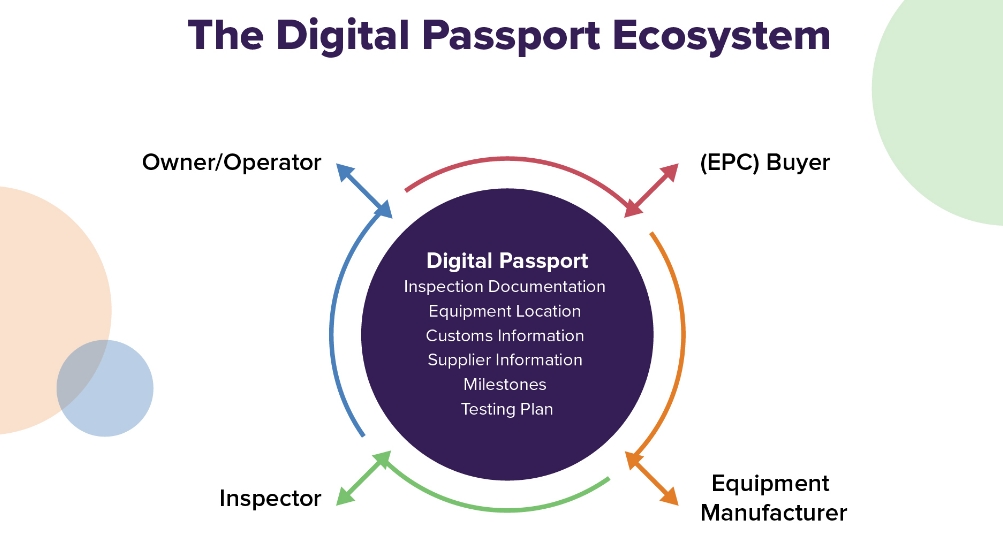The energy industry’s supply chain is both intricate and surprisingly opaque. Paper-based processes, phone calls, and emails remain the norm. The physical stamps and signatures that attend the chain of custody and inspection are difficult to track, and the validity of inspection documents can be hard to verify. Meanwhile, emerging manufacturing technologies like 3D printing are making it even easier for bad actors to sneak counterfeit assets into the energy supply chain, which poses risks to critical national infrastructure.
All of the major players in the energy supply chain — inspectors; engineering, procurement, and construction companies (EPCs); original equipment manufacturers (OEMs); and the owner/operators (OOs) who install and use the assets — want to achieve greater transparency and standardization. But industry-wide standardization has yet to emerge.
How can all energy supply chain stakeholders, who rely on each other and yet struggle to achieve complete trust and transparency, converge on a shared and mutually beneficial solution? The answer is blockchain: an immutable ledger that gives all stakeholders equal access to the chain of asset information. By leveraging blockchain to equip each asset with a unique digital passport, the industry will be able to track assets from cradle to grave and achieve new horizons of efficiency and security.
Aligning Incentives with a Shared Blockchain
Today, most energy supply chain systems are company-specific solutions, implemented and maintained by OOs to track their own supply chains. These solutions have built equipment tracking on top of existing systems and processes rather than transforming the supply chain ecosystem itself. Buyers (EPCs), suppliers (OEMs), and inspectors find themselves utilizing multiple client systems, even though the underlying assets vary little between operators. Divergent requirements, trainings, processes, ways of working, accounts, and data systems — as well as uneven digitalization — are driving high overhead for all partners in the value chain.
Why are these solutions so siloed? It’s largely due to a lack of incentives to develop a shared solution. Supply chain stakeholders would struggle to trust each other as they collaborated on a shared solution, worried that each subsector would aim to skew the system toward its own needs. The desire for a more comprehensive shared solution is palpable, but each supply chain player anticipates endless negotiations and pilot projects that go nowhere.
 Locations
Locations




